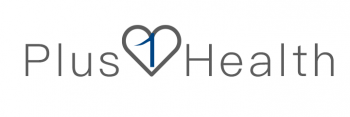Sleep apnea syndrome is a very troublesome sleep breathing disease. The main clinical manifestations of patients are sleep snoring at night with apnea and daytime sleepiness. This disease may also cause complications such as hypertension, coronary heart disease, and diabetes. Even some patients will die suddenly at night, so what methods will be used in the clinical diagnosis of this disease?
The first inspection must be carried out by a routine ENT specialist. The nose, pharynx, throat, and tongue are all parts that must be inspected. Through these inspections, doctors can roughly determine the patient’s basic symptoms.
Secondly, the patient must cooperate with the doctor to perform a cranial X-ray examination. The main purpose of this examination is to locate the position of the hyoid bone and the length of the soft palate. It is an indicator that guides the obstruction of the bony structure of our upper airway and whether surgical intervention is required, such as guiding the operation of the hyoid bone.
Next, CT and MRI examinations are required. This examination allows the doctor to understand the sagittal diameter, transverse diameter, and the thickness of the soft tissue in the airway, and then can judge the level of obstruction for subsequent surgical treatment and other treatments. The plan provides an important basis.
Finally, the patient must cooperate with the doctor to carry out fiberoptic endoscopy. The fiberoptic endoscopy is mainly to check the obstruction plane of the nasopharyngeal and throat in the patient. The patient is required to lie on the mattress for continuous monitoring for 6 hours, and a complete The data can identify whether the patient has central apnea or peripheral apnea, which is of great significance for the diagnosis of sleep apnea syndrome.
The above four inspection methods can help patients diagnose sleep apnea syndrome, but for various reasons, the operation is not very convenient.Plus1Health has professional sleep monitoring equipment, which can perform sleep monitoring and sleep apnea syndrome screening. It can also be done at home. It is easy to operate and can produce sleep monitoring reports in real time.
Each patient will have different clinical symptoms, so the examination methods applied are also different. It is required that after the patient finds that he has relevant symptoms, he should immediately go to the hospital to cooperate with the doctor for examination, and then according to the examination results, determine the next treatment plan.
